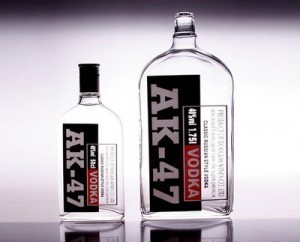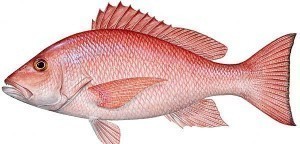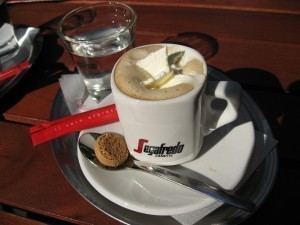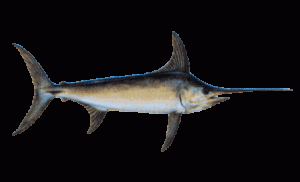Hottest Pepper in the World
The hottest pepper in the world is bhut jolokia. 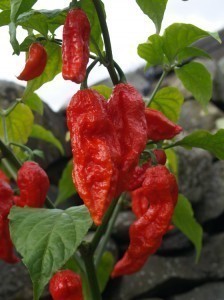 This chili pepper is grown around the Assam region in the northeast part of India, and also in the Indian states of Nagaland and Manipur. It is also grown in Sylhet in Bangladesh. The pepper is also known as naga jolokia or ghost chili in the West.
This chili pepper is grown around the Assam region in the northeast part of India, and also in the Indian states of Nagaland and Manipur. It is also grown in Sylhet in Bangladesh. The pepper is also known as naga jolokia or ghost chili in the West.
Characteristics of the Pepper
The Scoville rating is 855,000 units. By contrast, Tabasco sauce has a rating of 2,500–5,000. Using HPLC analysis, the pepper got a rating of 1,041,427 units in a 2004 test.
In 2007, the Guinness Book of Records certified that bhut jolokia is the hottest pepper ever tested.
The ripe peppers measure 2.4 to 3.3 in (60 to 85 mm) long and 1.0 to 1.2 in (25 to 30 mm) wide. The color is either red or orange. The unselected strain of the hottest pepper in the world is a variable plant. Amongst peppers, the bhut jolokia pods are different, owing to the thin and rough skin.
The plant is 45–120 cm high and has a green stem. The leaves are green and are 10.65–14.25 cm x 5.4–7.5 cm. The corolla color is yellow green. The anther color is a pale blue and the fruit is red when it attains mature levels.
The fruit has a conical or sub conical shape. The fruit is 5.95–8.54 cm long and 2.5–2.95 cm wide at the shoulder. The weight is 6.95–8.97 g and the texture is rough. The seed has a tan color and the 1000 seed weight is 0.41–0.46 g. The seeds per fruit are 19–35. The hypocotyl color is green.
Effect of Climate Change
Studies have shown that climate change has a significant impact on the hottest pepper in the world. 2005 studies show that the bhut jolokia grown in the Gwalior had a 50% reduction in the Scoville rating. This loss in heat has been attributed to the effects of climate change.
Uses
The pepper is used in many parts of India as a homeopathic treatment for stomach aches. The pepper is also used for adding spice to food. Some people use it to induce perspiration.
In some regions of India bhut jolokia is layered across fences to keep intruders away. The pepper is also included in smoke bombs to prevent elephants from getting onto private property.
Use a Weapon
In 2009, the Defence Research and Development Organisation in India announced it would put the chili pepper in hand grenades to flush out suspected terrorists. The chili laced weapon will also be used for dealing with rioting crowds.
Some companies have also started using the pepper spray as a form of self defense. The center of research for the use of this pepper as a weapon is in the research laboratory in Assam.
How long the bhut jolokia will remain the hottest pepper in the world remains to be seen. As the facts showed, climate change has been causing changes in the properties of the pepper.
